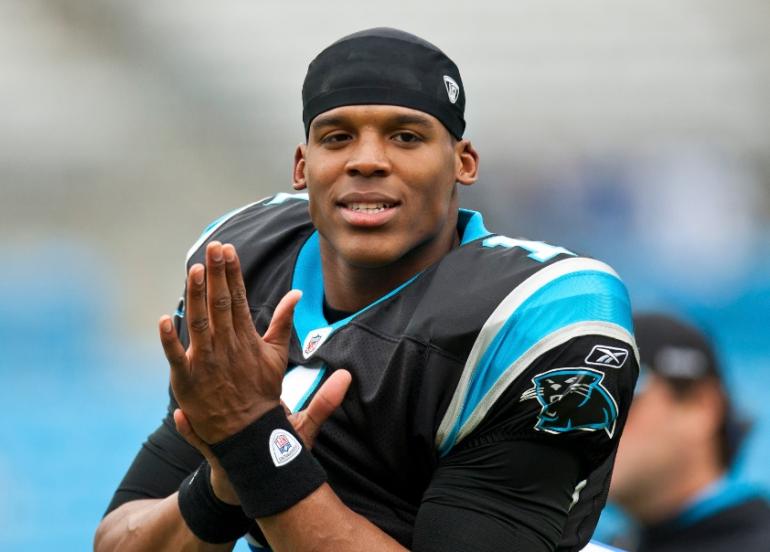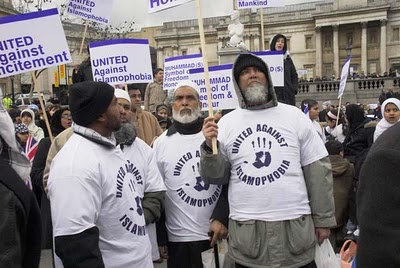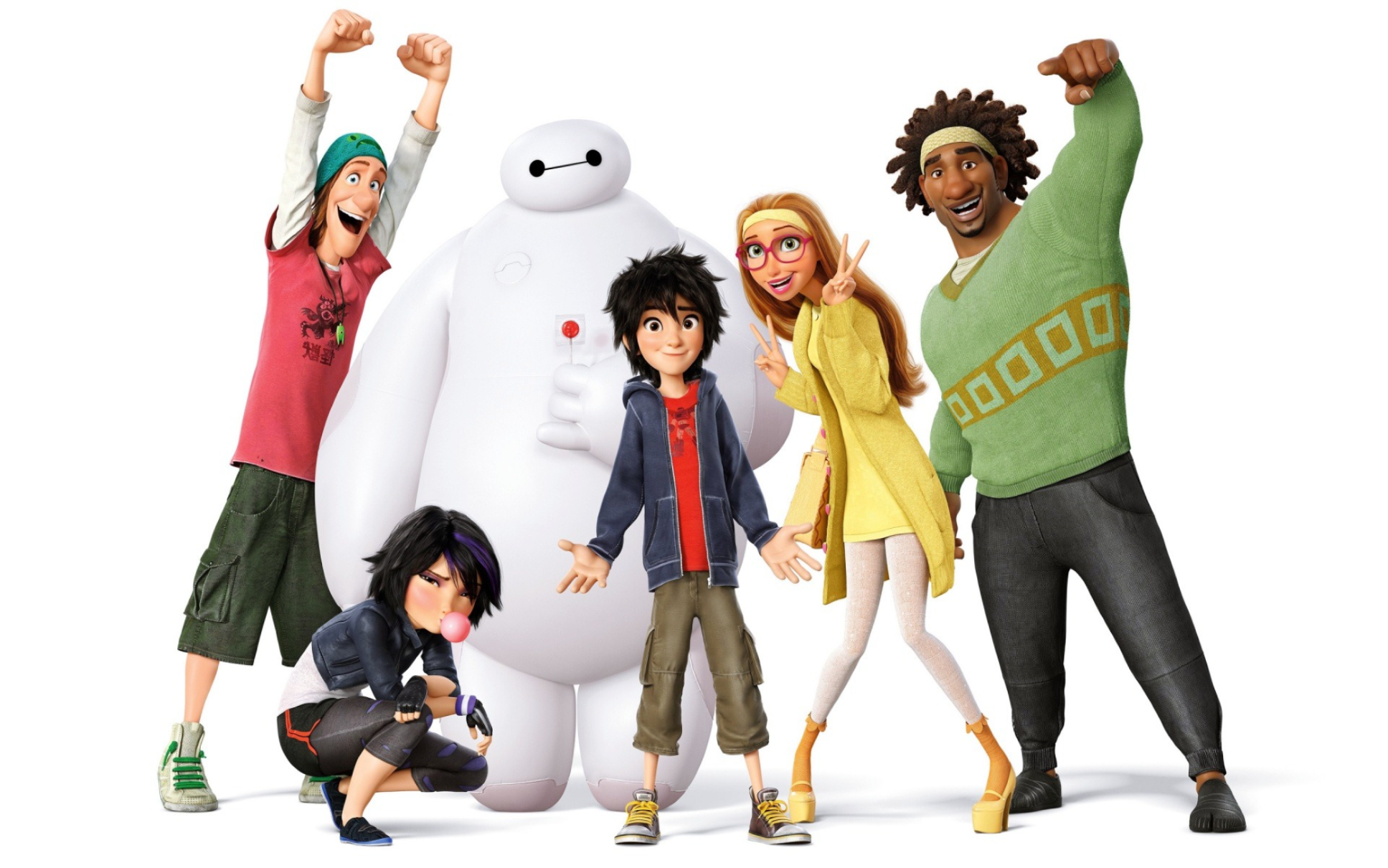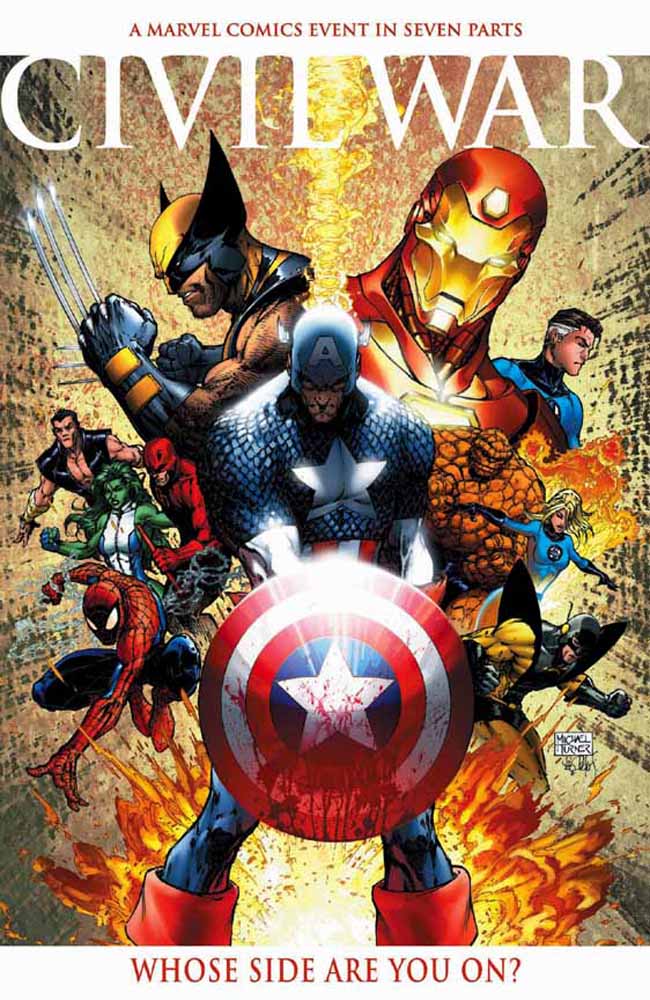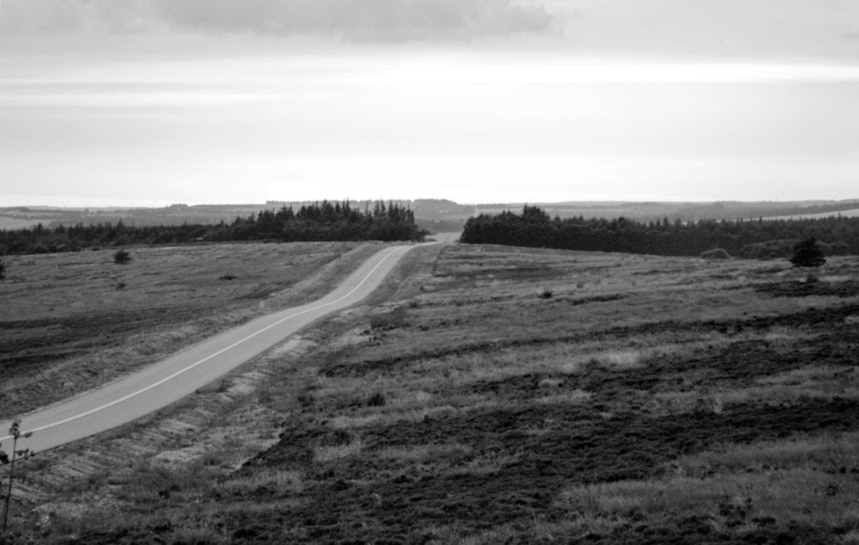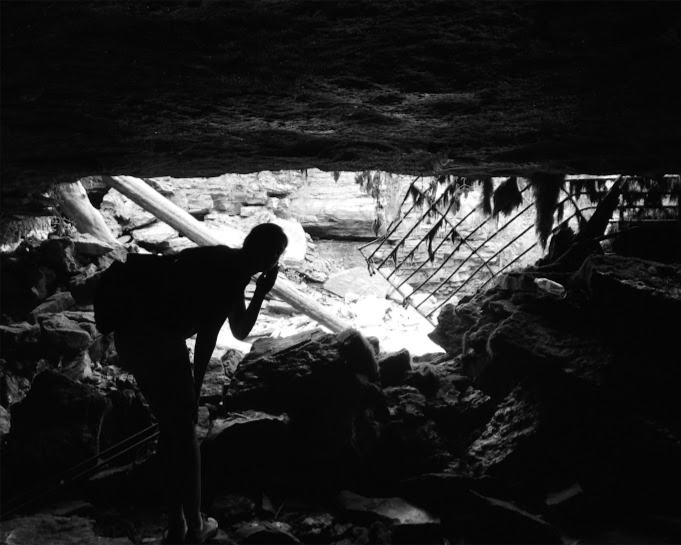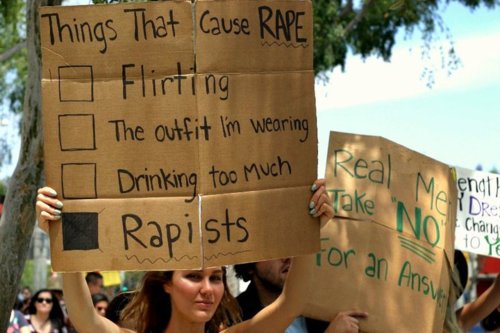By Maxine Riter
The morning of February 9, 2014, California Institute of the Arts freshman Regina (who asked to be identified only by her first name) woke up alone with her clothes half off, a splitting headache, bruises on her thighs and neck, and a sharp pain in her bladder. Though she had been intoxicated and in and out of consciousness the previous night at an off campus party, she could recall a classmate of hers taking her into a dark bathroom, choking her so that she struggled to breathe, and then raping her on the floor as she fought against it and repeatedly told him to stop.
An article by Al Jazeera news broadcaster reveals that Regina reported the incident to the school and they took action in an investigation, which all federally funded colleges are legally mandated to do in reports of sexual assault. However, the investigation, instead of focusing on the rapist and the events that occurred that night, was centered largely around attempts to blame Regina for the crime that she had been the victim of. She was bombarded with questions from the school administration regarding her drinking habits, how often she partied, the length of her dress, whether she physically enjoyed herself, and other questions that were completely irrelevant to the case.
A woman’s attire, conduct, history, and other such factors never, under any circumstance, give permission or even partially justify a man to violate her and commit rape. A woman has basic rights to her body, and if a man makes the decision to violate those rights, there is no one to be held responsible but him. But, like in many other cases across the globe, the investigators were more focused on victim blaming than on prosecuting the criminal.
Regina is one of millions who are affected by rape. According to a 2014 Center for Disease Control and Prevention study published in Time magazine, approximately one in five women in the U.S. is raped in their lifetime. One in five. Look around you. Look at all the women in your life: classmates, friends, family, anyone at all. Now imagine that for every five of those women, one of that group has become or will become a victim of rape. It’s almost unfathomable how common it is. And yet this isn’t just some issue off in another third world country, far away from us privileged Americans. Rape is here, and it affects an incredibly high percentage of our female population.
So do these women deserve to be raped? Do these women deserve to be forcibly subjected to the physical and mental anguish of sexual abuse? One of the biggest problems regarding rape cases
picked apart in an effort to find some way that she had provoked the rapist and place at least partial blame onto her.
This takes away women’s rights and freedoms. Regardless of her outfit, drink of choice, behavior, etc., rape is rape, and there is never an invitation to rape. Under no circumstance does any man ever have the right to strip a woman of her basic fundamental rights and degrade her in such a way. Many twenty two to thirty four percent of individuals, according to the IMC study argue that if a woman displays herself in a way which appears sexy and/or vulnerable, she is at least partially to blame for her own rape. Does this mean that men are uncontrollable savages who know not right from wrong and are permitted to do anything necessary to fulfill their sexual needs? Does this mean that men’s desires of the night are more important than a woman’s basic fundamental right of safety and the right to her own body? Their claim is ridiculous; no matter what she’s wearing, how she’s behaving, or how intoxicated she is, the only person who has the right to a woman’s body is her.
Not only do some people place blame on a woman for being raped, but some even go as far as to say that she wanted it or was “asking for it”. Rape specifically describes a nonconsensual sexual act inflicted upon an individual, so the idea of a raped woman having “wanted it” is completely contradictory. “She was asking for it with that outfit she was wearing.” She was asking for it? So if I see you walking down the street without a helmet on, does that give me the right to hit you on the head with a hammer? If I go by the same
reasoning used in the first statement, you were “asking for it” by not wearing something that could have possibly protected you. The claim that women “ask for it” by wearing certain clothing or behaving in a certain manner is completely absurd. No matter how vulnerable a victim, no one has the right to strip someone else of their rights.
Rape itself is such a traumatic ordeal. It can have tremendous physical and mental effects upon the victims and scar them for the rest of their lives. The issue of victim blaming only makes so much worse an already traumatic and embarrassing incident. Now, not only are they forced to deal with the effect of the rape on their minds and bodies, but they also have to endure the blame for a crime that they were not responsible for and the psychological problems and embarrassment that accompany that.
In 1990, FBI statistics showed a total of 102,560 reported forcible rapes (including attempted rapes). However, rape is statistically underreported. Published in “Violence Against Women” of The Reader’s Companion to U.S. Women’s History (1998), these 1990 FBI statistics were compared with statistics from studies of victims by the Justice Department, and it was estimated that in 1990, fifty four percent of rapes went under reported. That means that the 102,560 reported in the 1990 FBI study make up only about forty six percent of the actual rapes that occurred in the US that year. In her book Against Our Will: Men, Women, and Rape (1975), Susan Brownmiller estimated that between one in five and one in twenty rapes were actually reported. However outdated these estimates may seem, recent studies by the National Research Council and the Centers for Disease Control and Prevention published in the Huffington Post confirm that the percentage of rapes reported has not drastically increased since then and rape still continues to go grossly underreported in the United States.
So why are rapes so underreported? Among a number of other reasons, we again see the issue of victim blaming. Many women who have been raped don’t report it out of embarrassment and fear that they will be blamed because of their outfit, alcohol consumption, or other similar factors that could partially “justify” their rape. They are not only subject to blame from the general public, but also from the legal system. Rape victims in court are often asked questions regarding their sexual history, behavior, alcohol consumption, attire, etc. that could be used by the court to direct part of the blame towards the victim. The Reader’s Companion to U.S. Women’s History’s “Violence Against Women” describes how, though there has technically been some legal reform regarding what can and can’t be asked in cases of rape in the past few decades, little has changed in practice. The legal system often treats rape the same way that it did before, although written laws have changed.
Several empirical studies have found that rape law reforms have made virtually no difference in the arrest, prosecution, or conviction or rapists. The lack of reform in rape cases regarding what can and can’t be asked to rape victims in a court of law is demonstrated in more recent studies, too. The Harvard Journal of Law and Gender published startling evidence demonstrating the judicial system’s violation of laws that prevent inappropriate interrogations of rape victims when lawyers were allowed to ask degrading, accusatory, and irrelevant questions such as: “Were you wearing a bra?”; “Were you wearing underwear?” The legal system continues to place blame on rape victims for the crimes committed against them in direct violation of laws created to prevent such injustice, contributing to the problem of victim blaming just as much as the public does.
Victim blaming is a serious issue faced by the victims of rape. It further torments them after they have already been through a scarring ordeal, and unjustly forces them to take responsibility for crimes that they did not commit. The common mindset that the victim can be held, for any reason, responsible for their own rape strips women of their fundamental right to safety and right to their own body. It instills the idea that men are more important than women and unjustly shifts the blame from the criminal to the victim. In order for victim blaming to stop, the general public must learn to respect women’s rights and recognize that rape is a one sided crime in which only the rapist is responsible.

